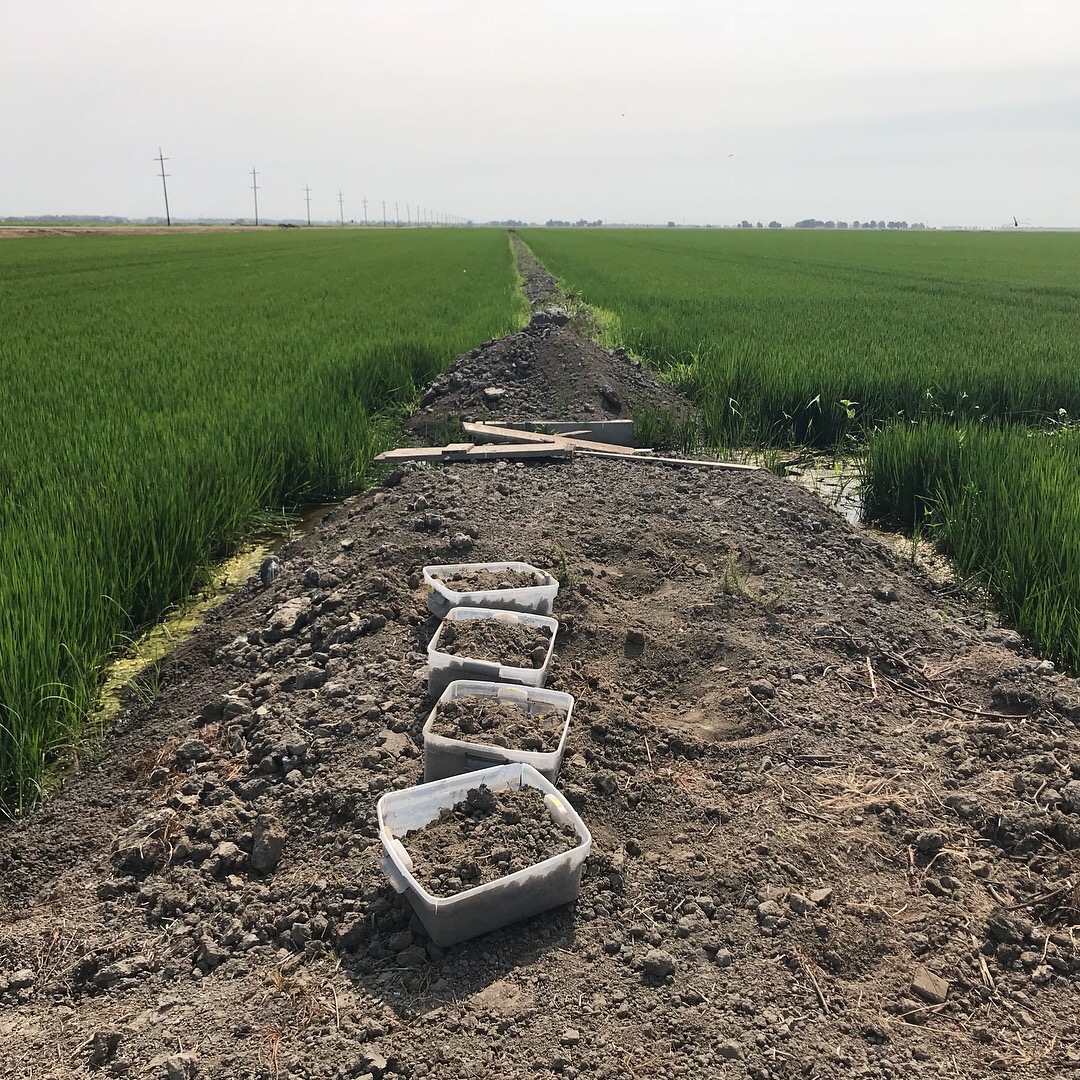
I study plant-bacteria interactions from the perspective of bacterial evolution. This means working with large isolate collections, comparative genomics, and experimental genetics to develop a deeper understanding of how bacteria compete, survive and evolve on the plant root (the “rhizosphere”). Ultimately, I want to use this knowledge to develop microbial solutions to improve the productivity and sustainability of 21st century agriculture.
Since 2017, I’ve been funded by the Simons Foundation through the Life Sciences Research Foundation to study rhizosphere bacteria. Working with Dr. Cara Haney at the University of British Columbia, I used the highly tractable Pseudomonas-Arabidopsis model system to understand how genome variation in Pseudomonas can affect plant health and bacterial fitness on the plant root. In the Haney Lab, I developed PyParanoid which is a python package for identifying homologous genes across thousands of bacterial genomes. Using PyParanoid, I found that genomic island gain and loss in a clade of root-associated Pseudomonas spp. can trigger shifts in lifestyle from beneficial to pathogenic.

In May 2018, I began working in the Sundar Lab at UC Davis to begin working on a commercially relevant system: the microbiome of the rice rhizosphere. UC Davis is located in the Sacramento Valley, which is home to the majority of California’s billion dollar-per-year rice production industry. By studying bacteria isolated from rice fields throughout the Sacramento Valley, I am exploring how agriculture can affect the population structure, evolution, and function of rhizosphere bacteria.